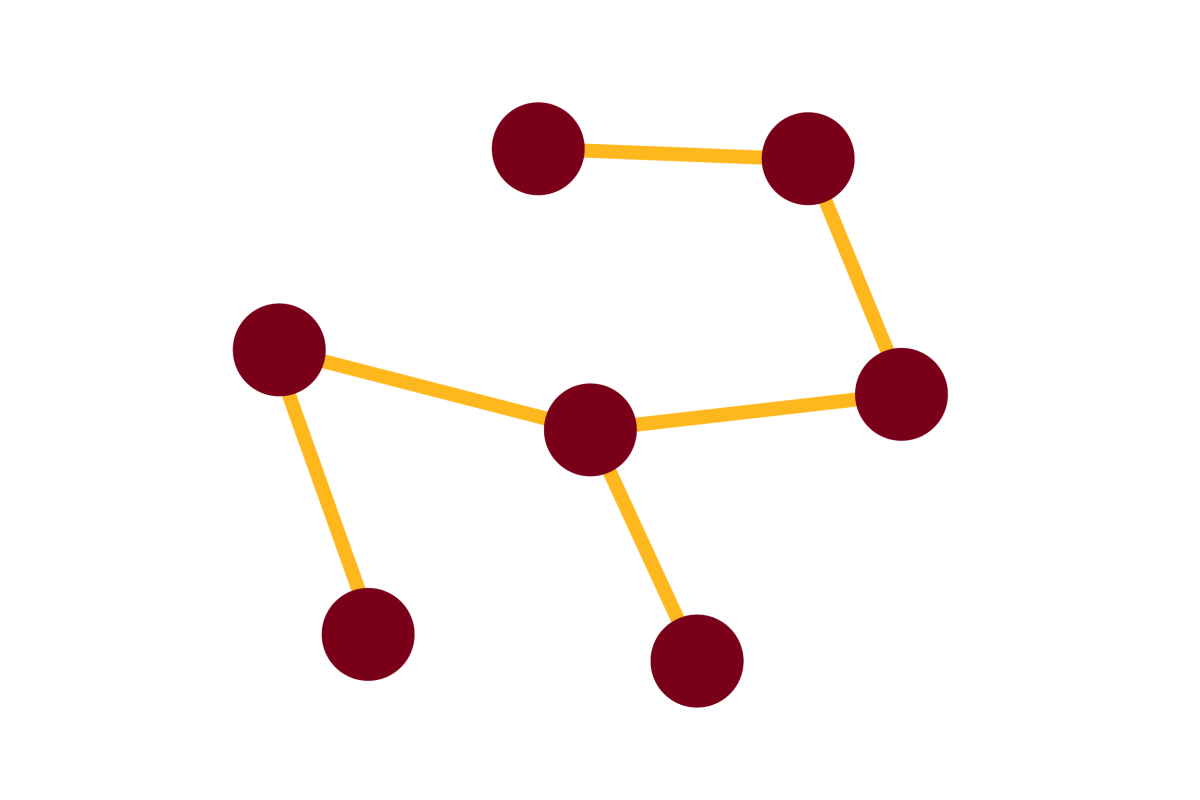BURST enables mathematically optimal short-read alignment for big data [preprint]

Preprint date
January 1, 2020
Authors
Gabriel Al-Ghalith, Dan Knights (professor)
Abstract
One of the fundamental tasks in analyzing next-generation sequencing data is genome database search, in which DNA sequences are compared to known reference genomes for identification or annotation. Although algorithms exist for optimal database search with perfect sensitivity and specificity, these have largely been abandoned for next-generation sequencing (NGS) data in favor of faster heuristic algorithms that sacrifice alignment quality. Virtually all DNA alignment tools that are commonly used in genomic and metagenomic database search use approximate methods that sometimes report the wrong match, and sometimes fail to find a valid match when present. Here we introduce BURST, a high-throughput DNA short-read aligner that uses several new synergistic optimizations to enable provably optimal alignment in NGS datasets. BURST finds all equally good matches in the database above a specified identity threshold and can either report all of them, pick the most likely among tied matches, or provide lowest-common-ancestor taxonomic annotation among tied matches. BURST can align, disambiguate, and assign taxonomy at a rate of 1,000,000 query sequences per minute against the RefSeq v82 representative prokaryotic genome database (5,500 microbial genomes, 19GB) at 98% identity on a 32-core computer, representing a speedup of up to 20,000-fold over current optimal gapped alignment techniques. This may have broader implications for clinical applications, strain tracking, and other situations where fast, exact, extremely sensitive alignment is desired.
Link to full paper
BURST enables mathematically optimal short-read alignment for big data
Keywords
bioinformatics, computational biology